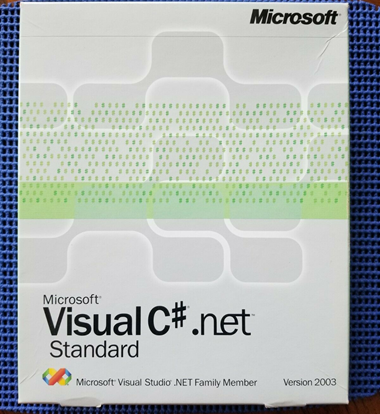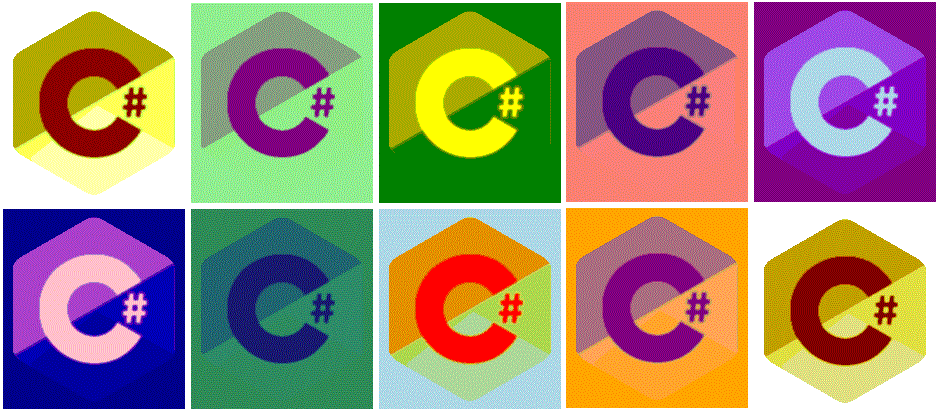When C## first appeared in the summer of 2000, it was immediately clear that something was different. At the time, Microsoft was a massively dominant software company, but it wasn’t known for crafting its own programming languages. Instead, Microsoft preferred to build its own implementations of standard languages (like Visual C++ for C++, or Visual J++ for Java), and amplify them with proprietary frameworks (like MFC). Truth be told, they hadn’t created a language that was entirely their own since BASIC.
But Microsoft’s “great platform reset” — the shift from COM to .NET — unleashed new ambitions and gave rise to two major new languages. One (VB.NET) evolved slowly over the years before eventually slipping into near-irrelevance. The other was C#.
This year is C#’s 20-year anniversary. It’s a massive milestone, two decades after the language was first introduced to an audience of mostly corporate Windows-based developers. My, how things have changed.
This year is also the moment we get C## 9.0, a mature iteration of the language that continues to push forward. But to understand where the language is going, it helps to know where it’s been. Here’s the story of C#, in ten highly subjective snapshots.

#csharp #programming-languages #dotnet #microsoft #programming #c#
